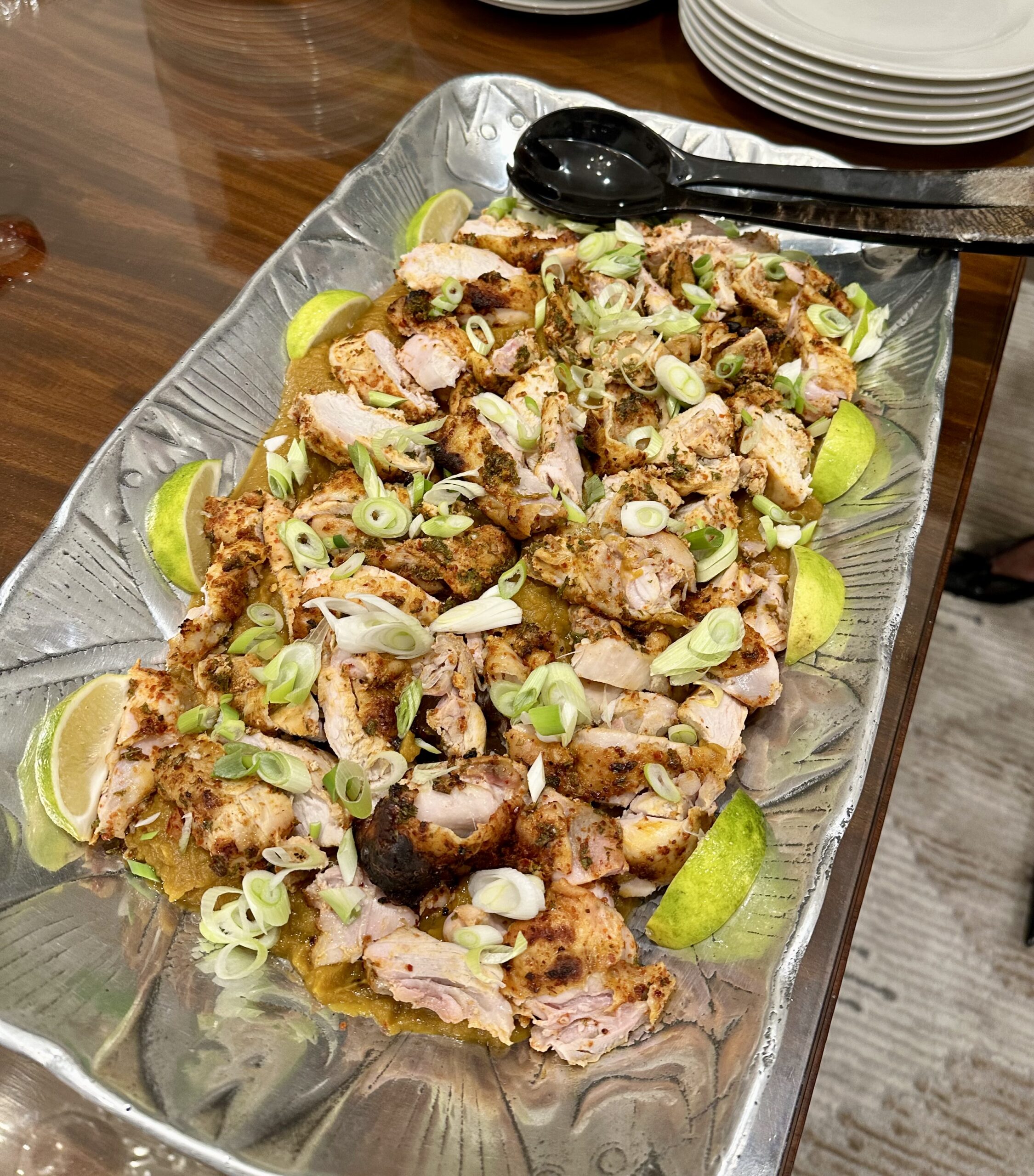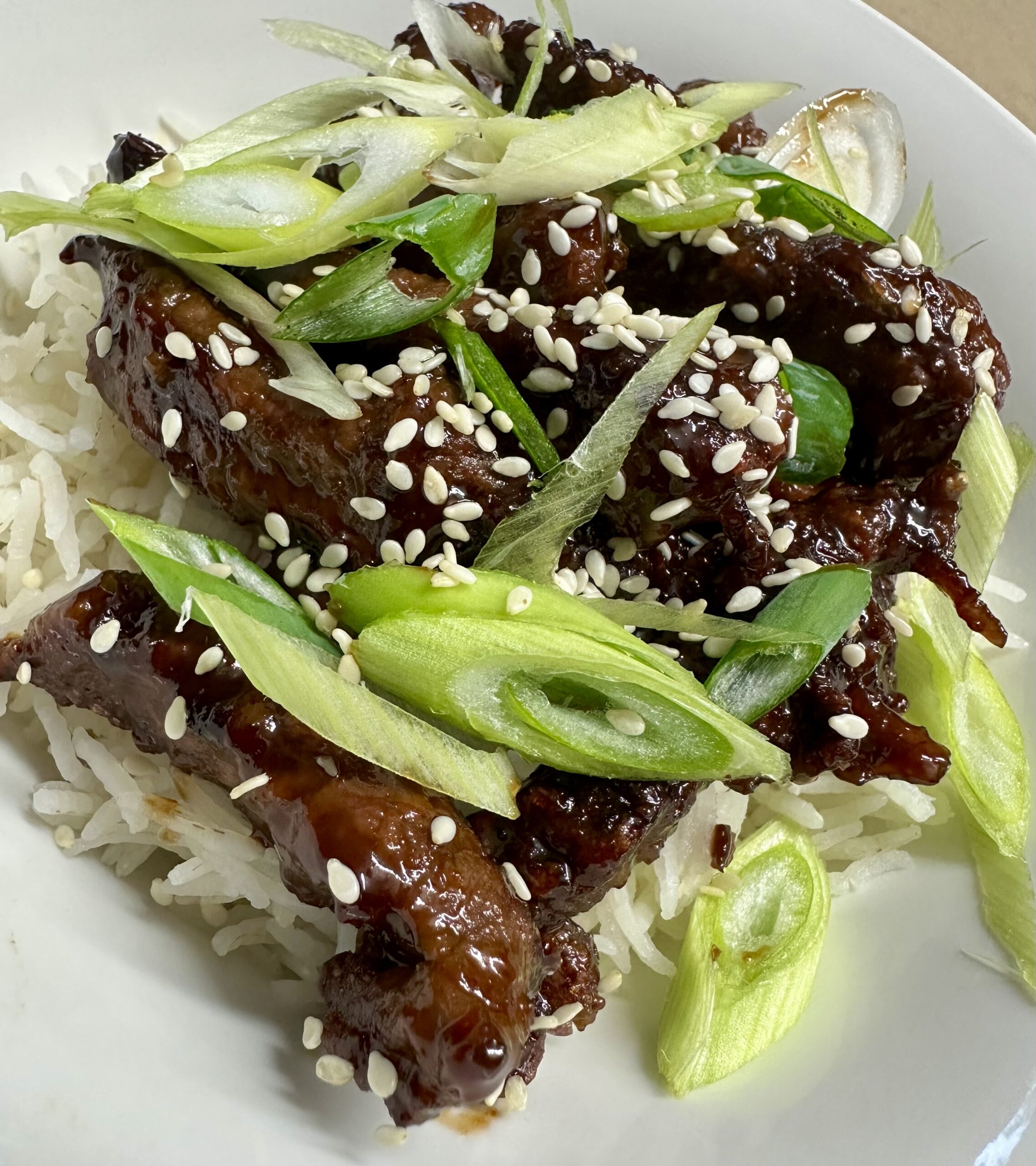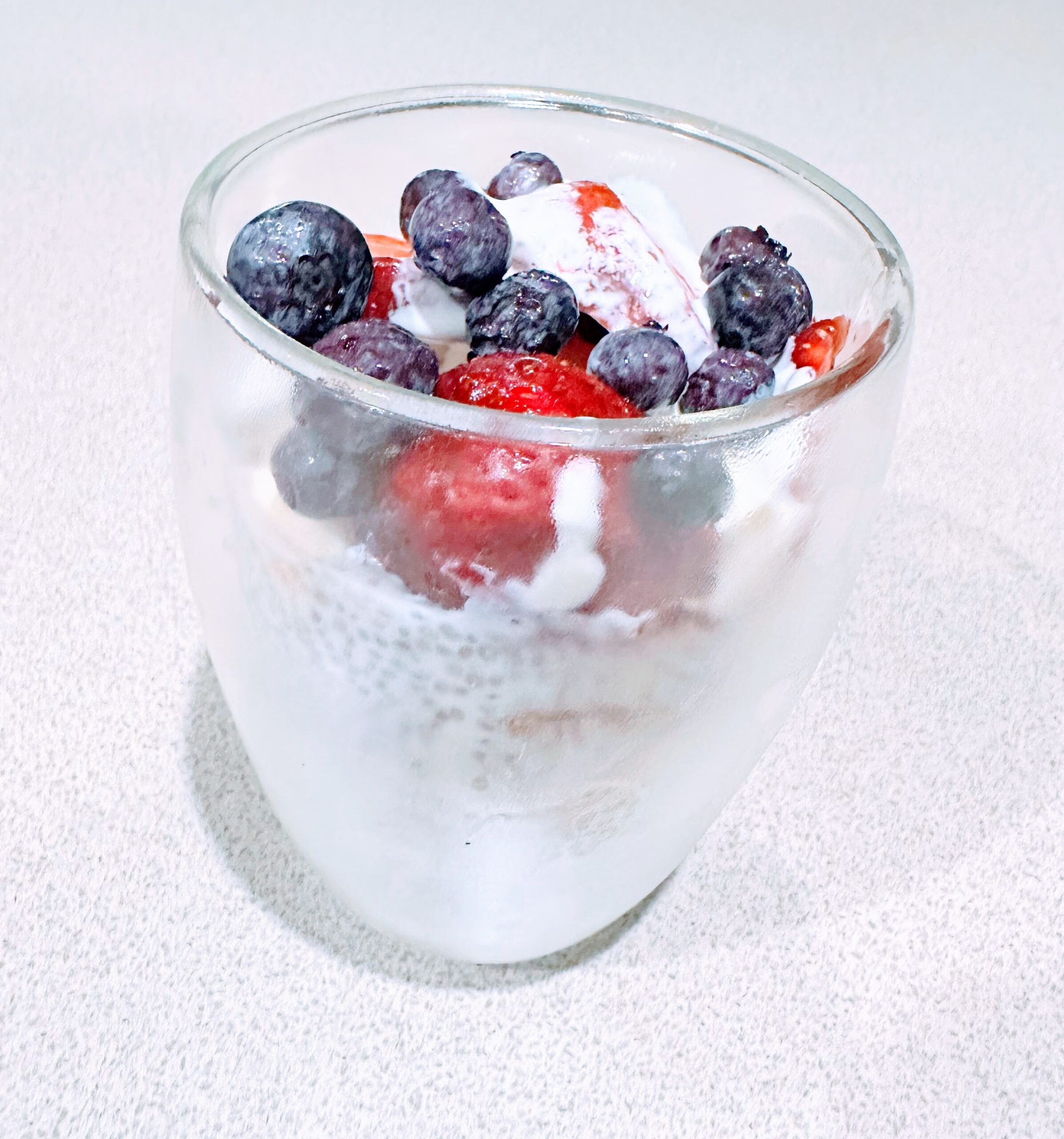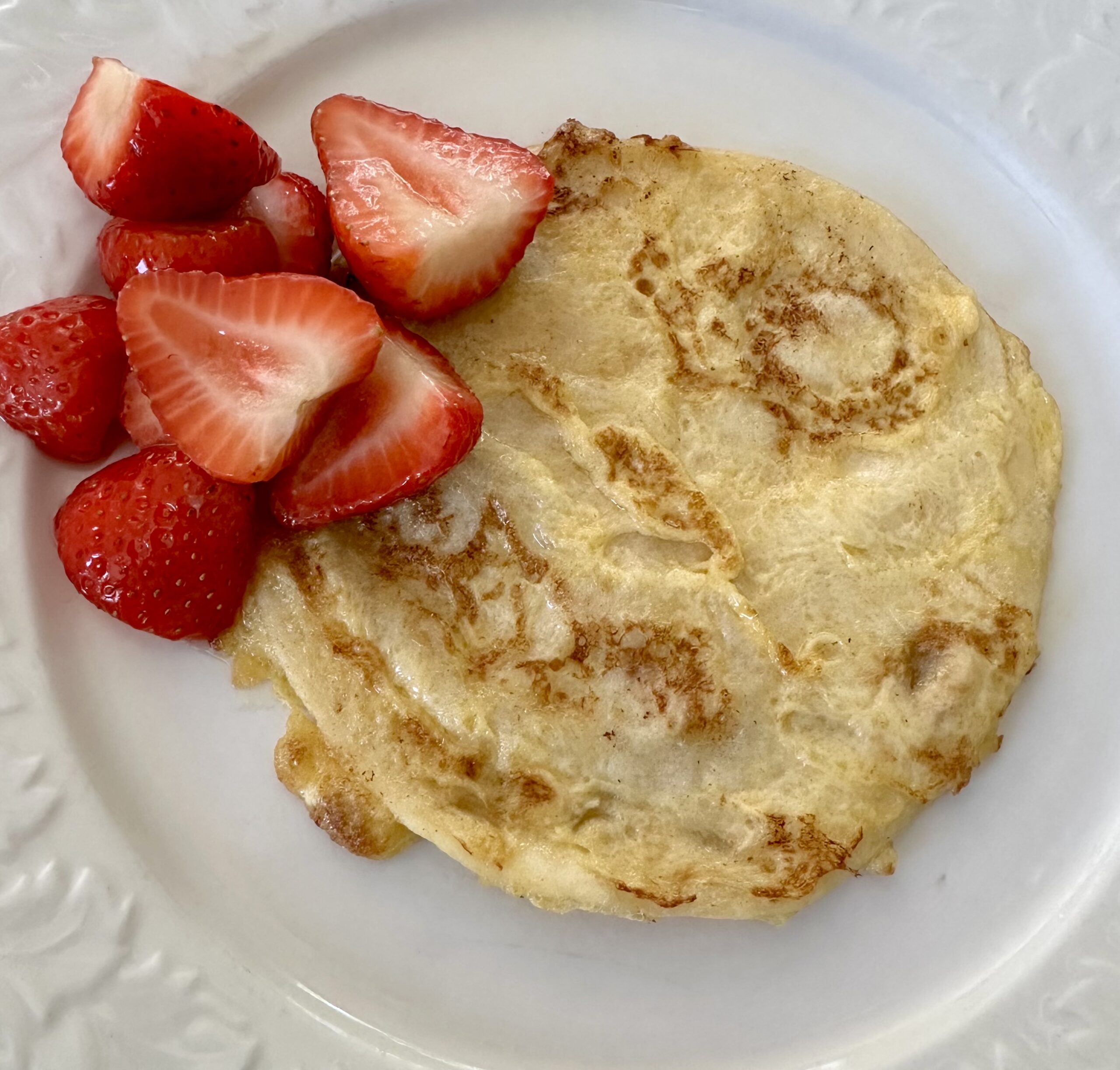This week’s recipe for a gluten-free, dairy-free cake using mandarin oranges which are now in season makes a sumptuous crowd-pleasing dessert.
The upside-down mandarin idea came from a recipe on a website I subscribe to called Delicious. However, the cake mixture in that recipe included flour and I needed to make a gluten-free, dairy-free dessert to take to a dinner party.
So I used a different recipe for an orange cake which uses almond meal instead of flour, used mandarins instead of oranges and combined the two recipes into one. Best served on the day it’s made, this cake is delicious.
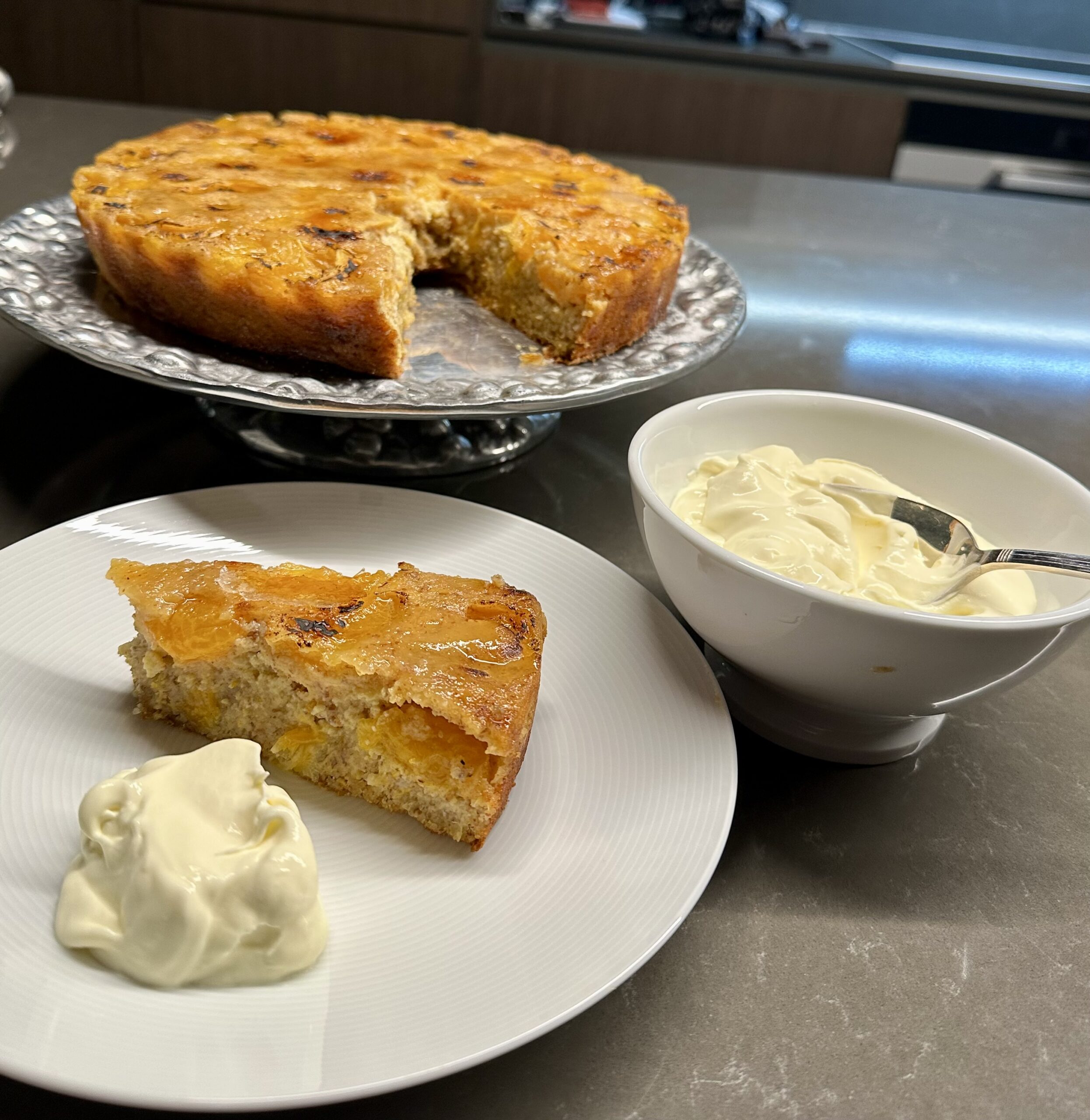
Topping:
8 mandarin oranges
2 Tbs runny honey
Cake:
3 mandarin oranges
6 large eggs at room temp
1¼ cups sugar
1½ tsp baking powder
4 cups almond meal (bought or made in a food processor)
To serve:
2 Tbs sugar
250ml mascarpone
½ cup thick cream
Topping: Grease and line a 22cm (9 inch) cake pan with baking paper. Drizzle the honey evenly over the bottom. Finely grate the peel from 4-5 of the mandarin oranges and keep for the cake. Peel the 8 mandarin oranges, discard the peel and arrange the segments in circles in one layer over the base of the cake tin.
Cake: Preheat oven to 160° C. Place the 4 mandarins in a saucepan, cover with water then bring to the boil and simmer for 20 minutes. Drain and cool.
Make almond meal in a food processor by processing shelled almonds until very fine. They can be blanched almonds or not. Measure 4 cups and keep any excess for another use. Place the cooled mandarins in food processor (no need to wash it after processing the almonds) and process for a minute or two. Add remaining ingredients, including the almond meal and the grated rind you reserved earlier.
Scrape into the cake pan. Bake for 60 minutes or until well-risen, golden brown, firm to the touch and a skewer inserted in the middle comes out clean. Cool thoroughly in the tin.
To serve: Carefully tip cake out of pan and remove paper. If liked, sprinkle 2 tablespoons of sugar over the mandarin segments which are now on the top of the cake and use a blowtorch to brown the top. Not essential but looks nice.
Mix mascarpone with cream and serve with the cake.
Serves 12-16
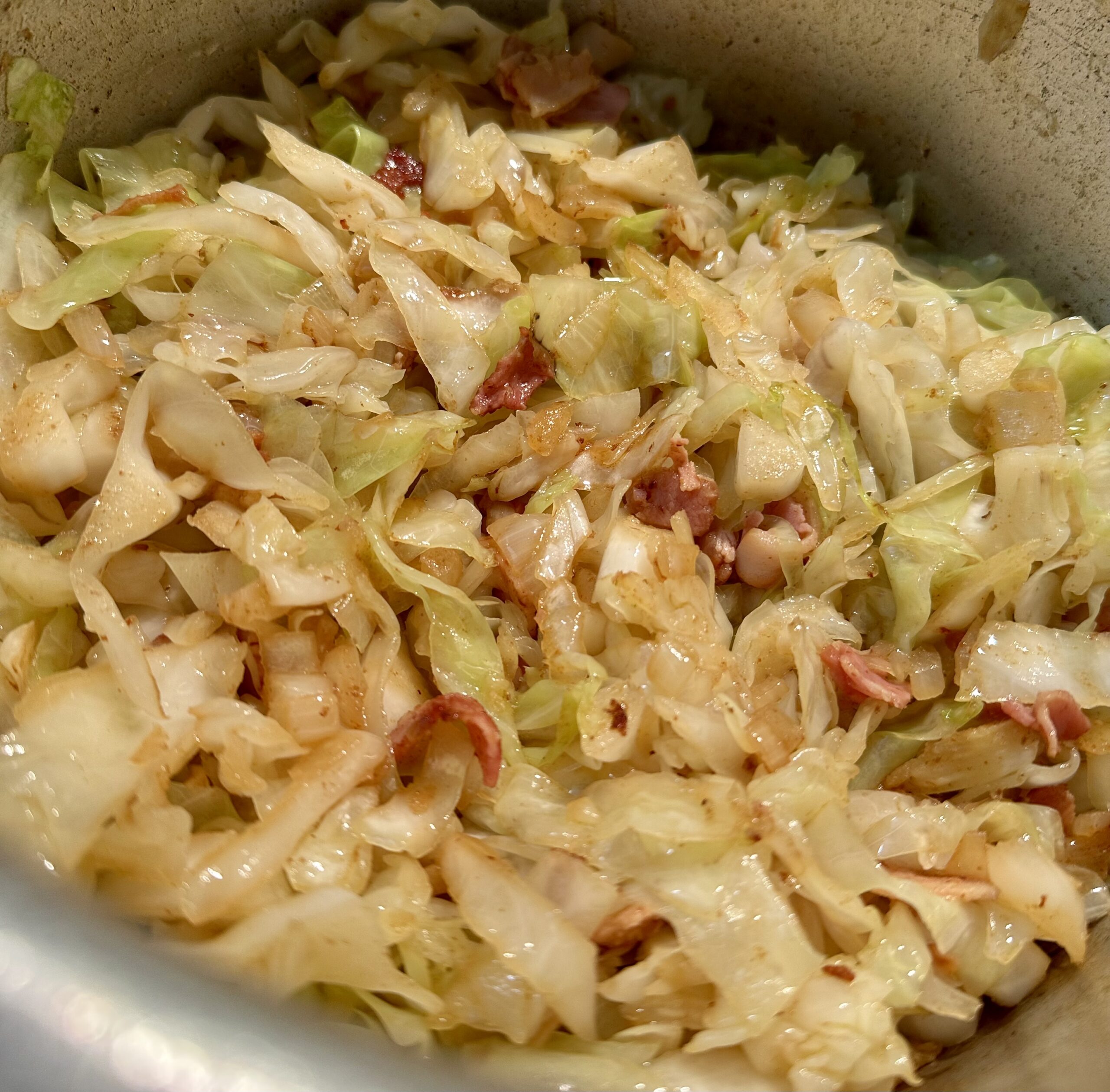


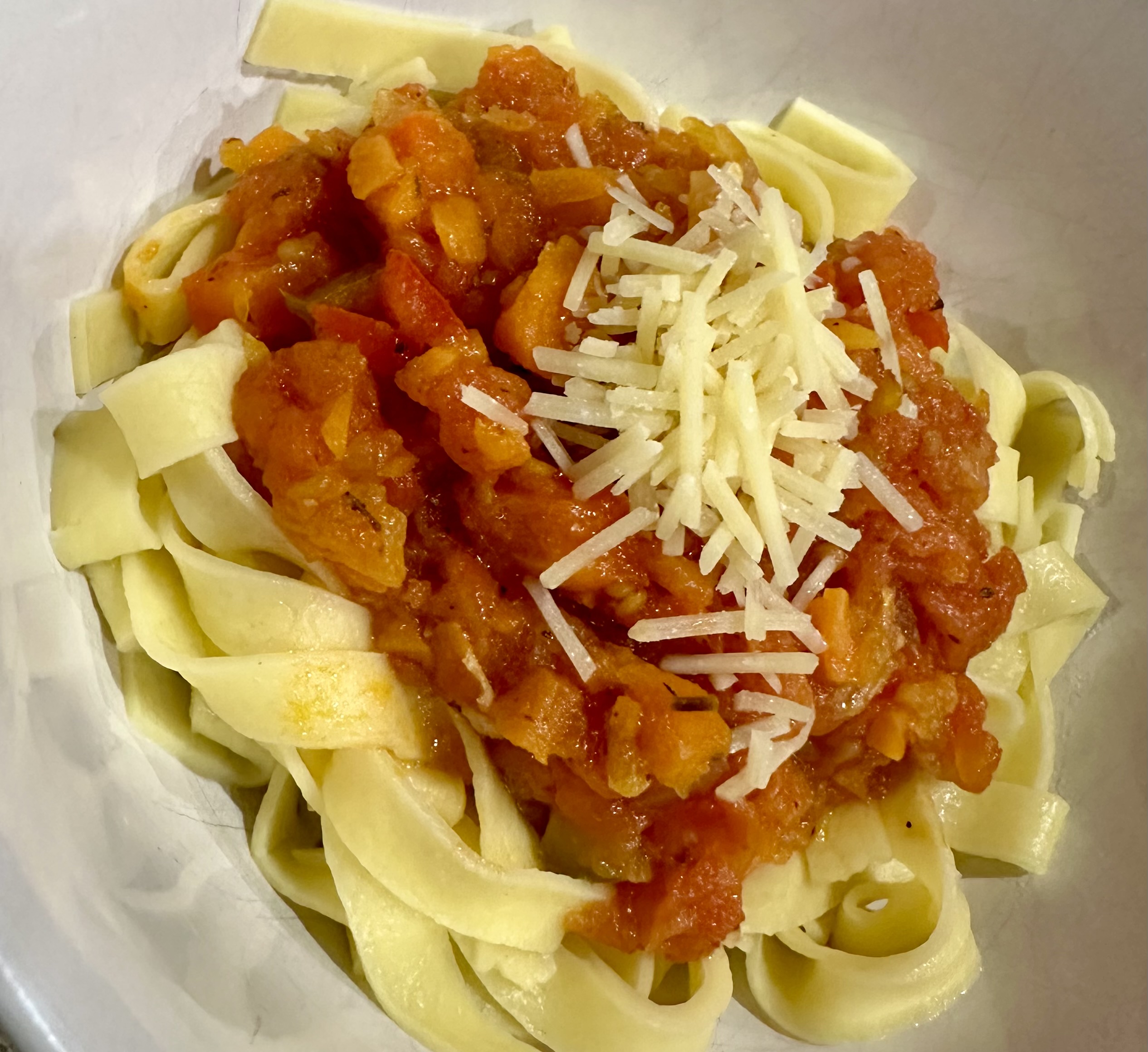
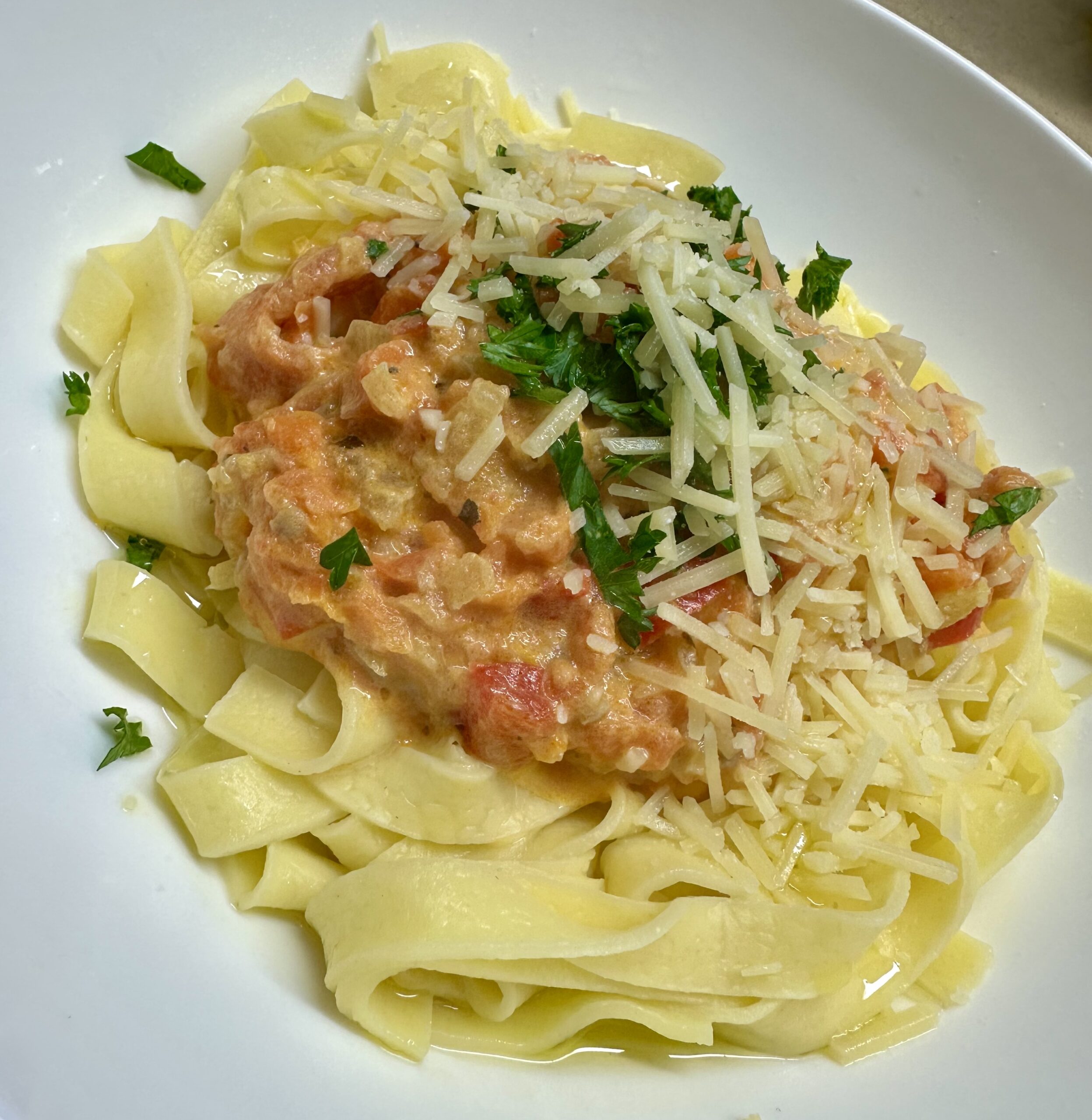
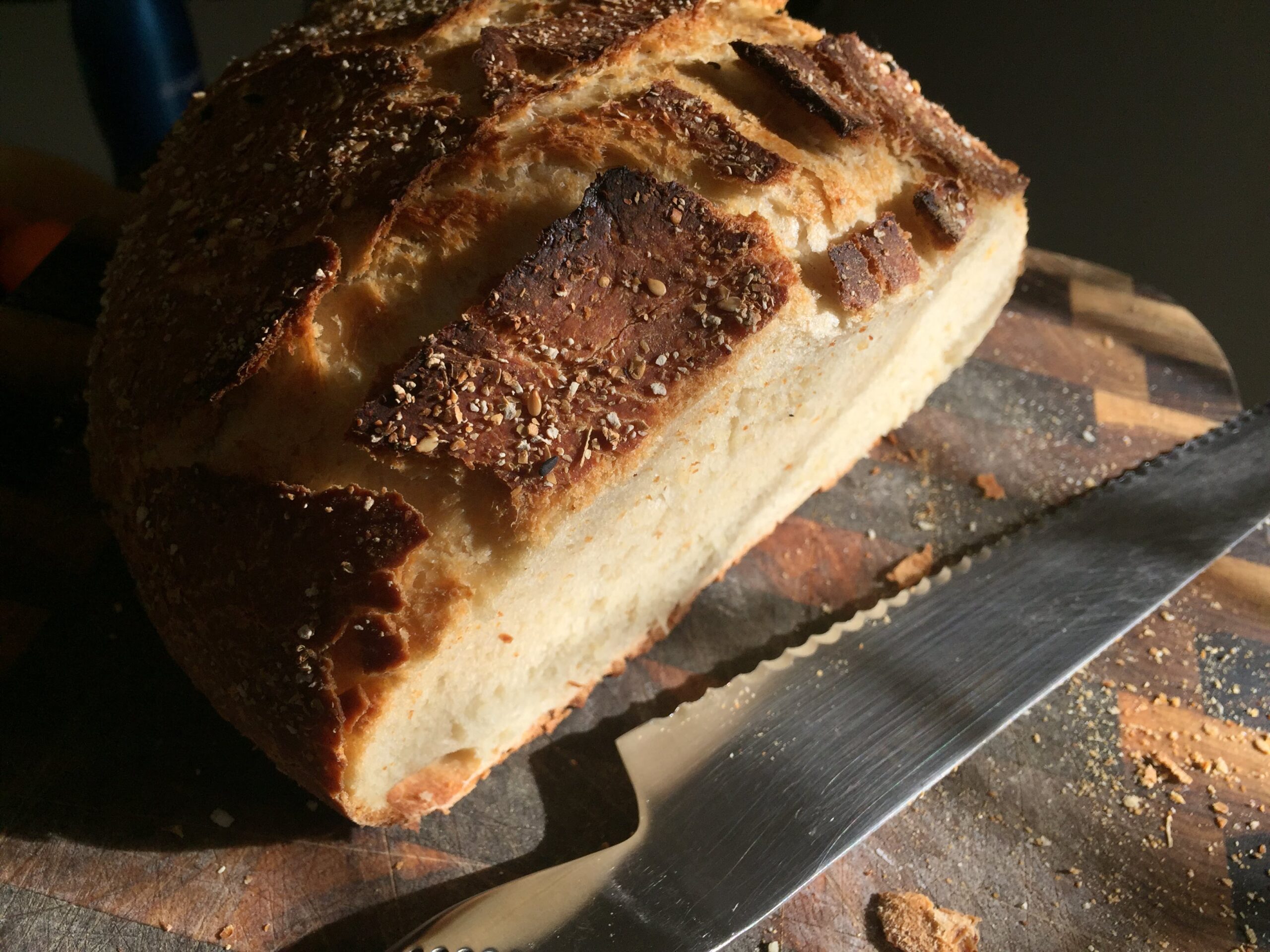

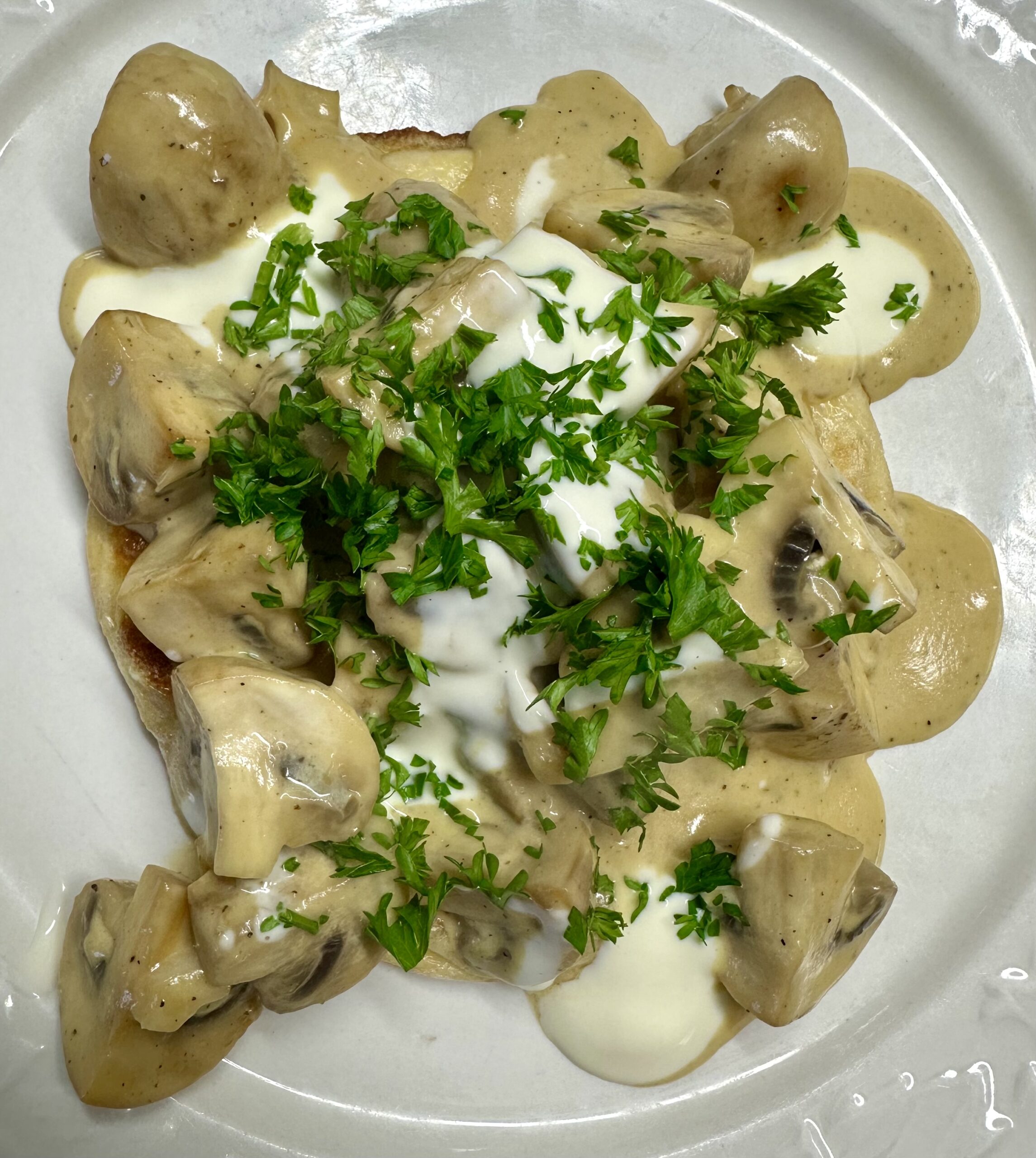 Tortilla French Toasts:
Tortilla French Toasts: